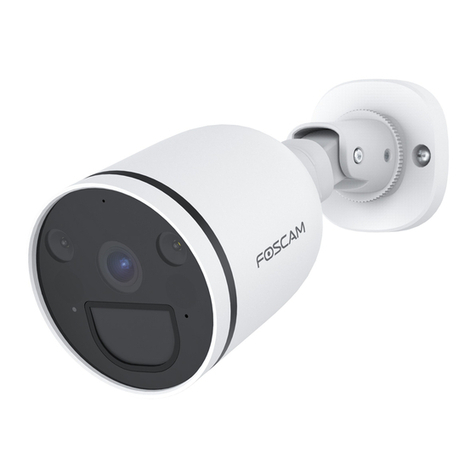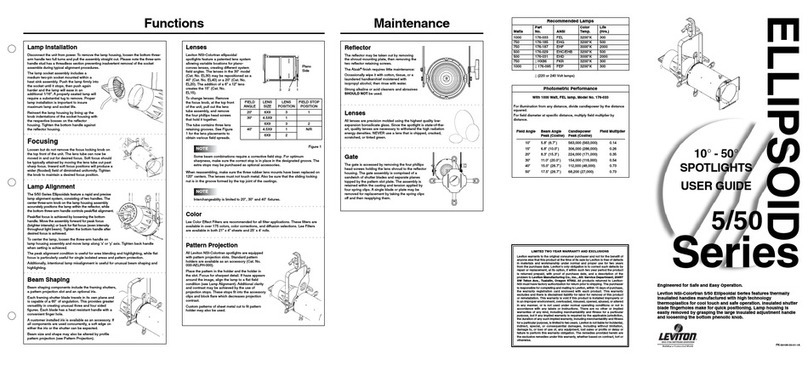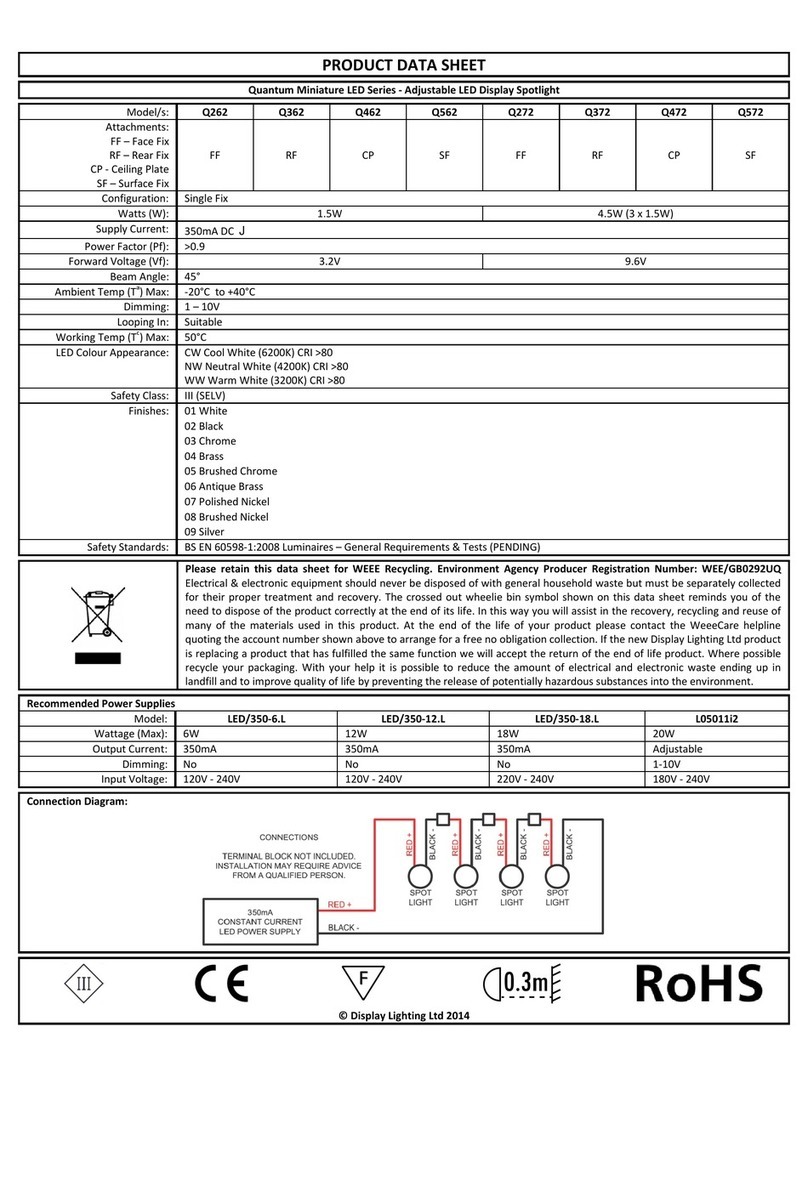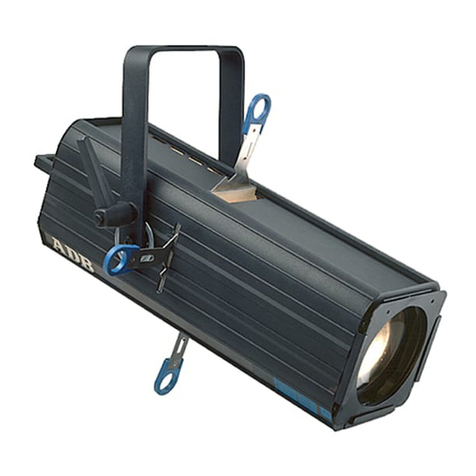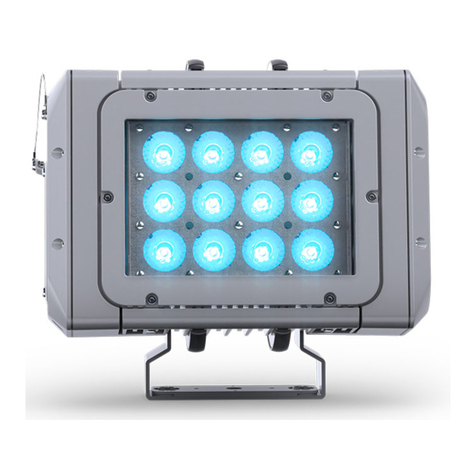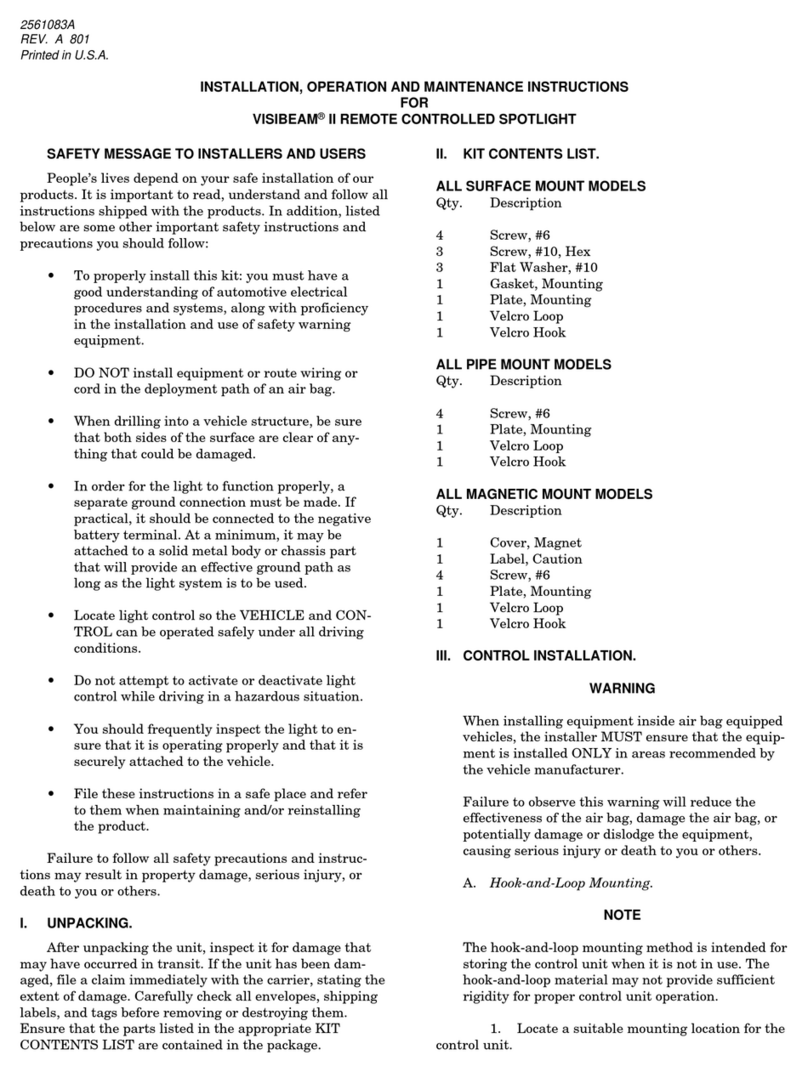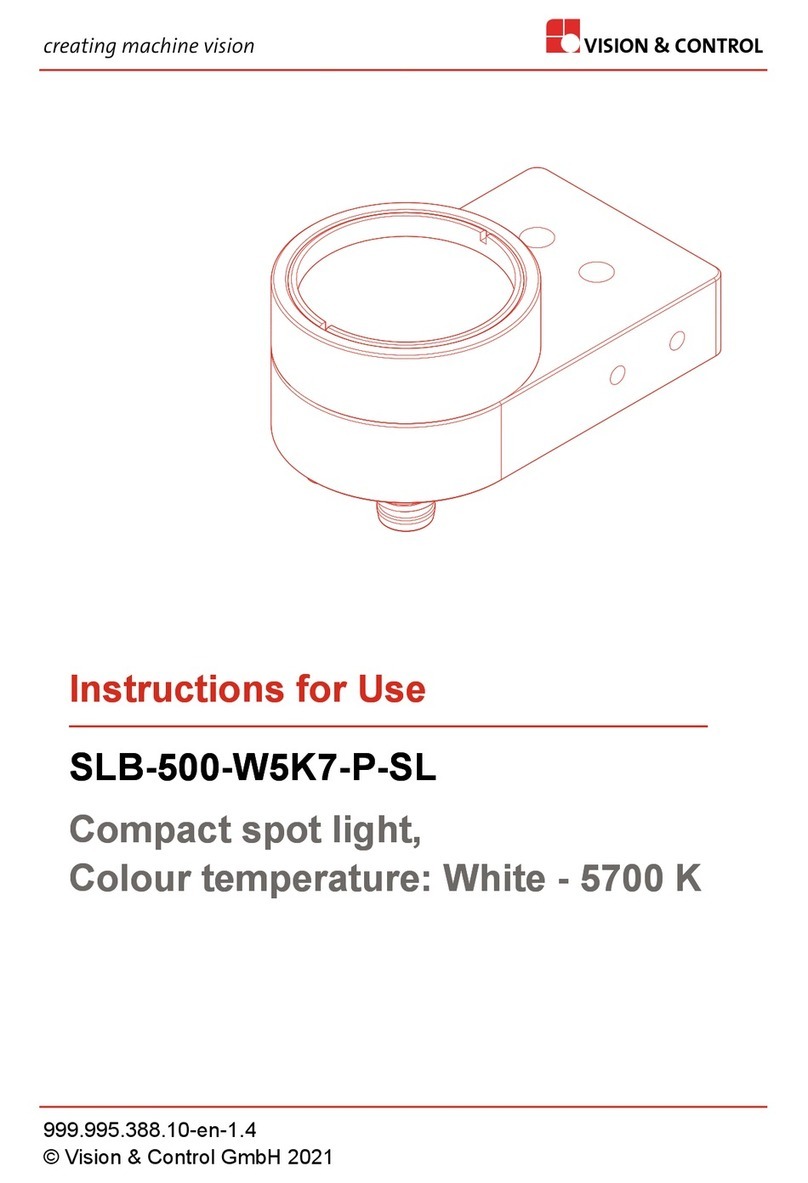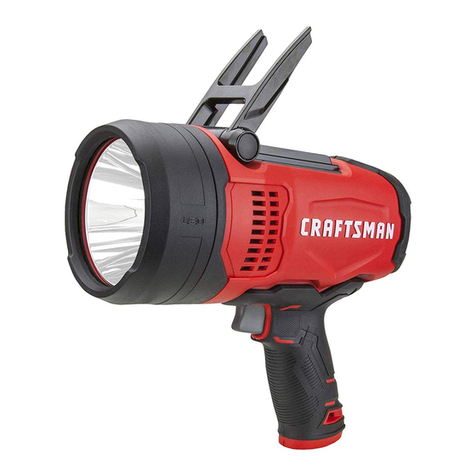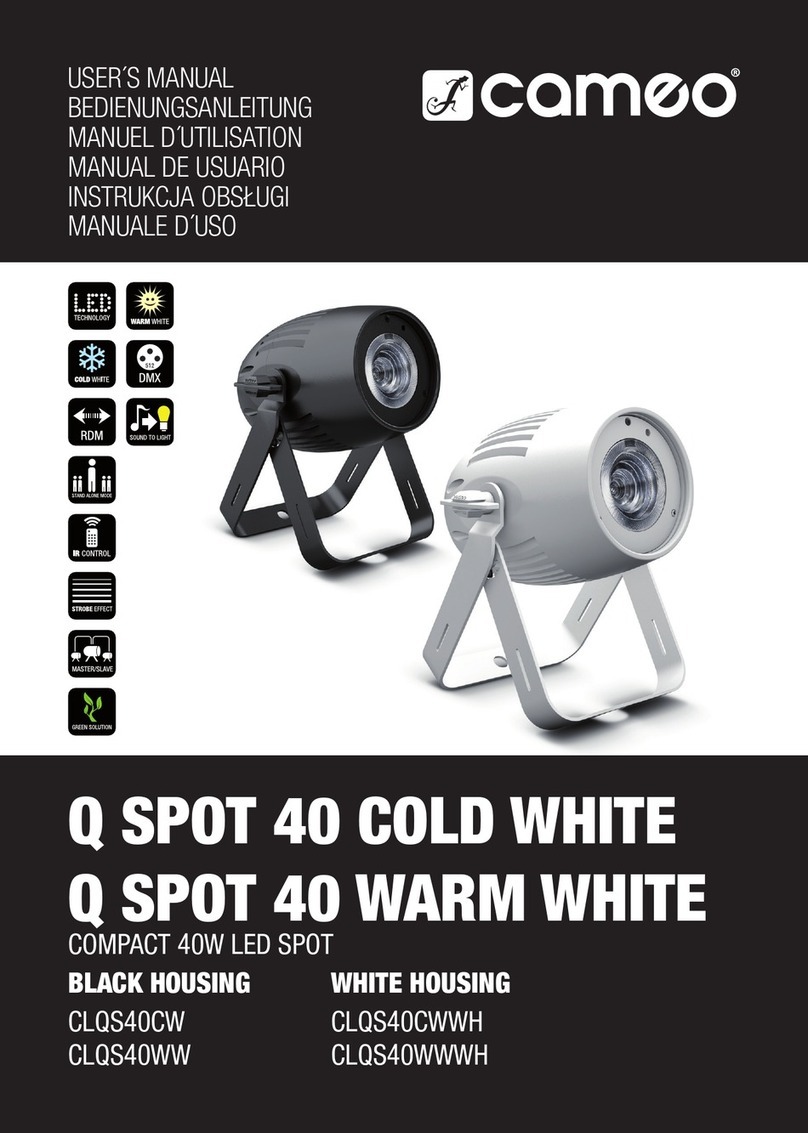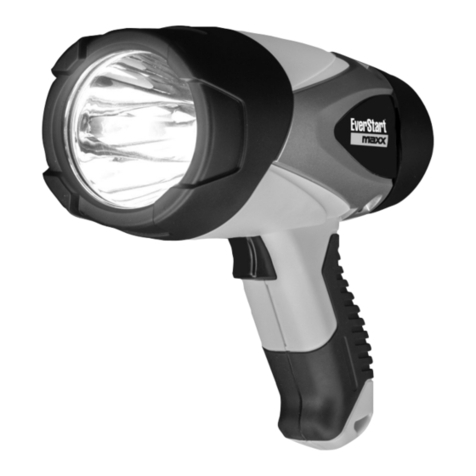
9
ES
USO DEL CONTROL REMOTO
VINCULAR CON EL RECEPTOR DE ALARMA INTERIOR
• Cuando apunte el control remoto hacia el reector, asegúrese de que la distancia esté
dentro de los 16 pies/5 m y no haya obstrucción entre el control remoto y el reector.
• Si tiene más de un reector cerca, el control remoto debe apuntar, lo más cerca posible,
al reector que desea operar. Esto evitará que otros reectores reciban señales de
infrarrojos no deseadas. Las señales de infrarrojos emitidas por el mando a distancia
pueden interferir con el funcionamiento de otros dispositivos electrónicos cercanos.
• Cuando presione un botón en el control remoto, el reector parpadeará la luz LED
Enforcer roja una vez para conrmar que ha recibido el comando.
• Si conguró tanto la “Luz en movimiento” (“Light on Motion”) y el “Enforcer en
movimiento” (“Enforcer on Motion”) para que estén apagadas , el reector se
apagará durante 1 hora. Después de 1 hora, el reector volverá a modo automático.
Puede reactivar el sensor de movimiento en cualquier momento presionando el
botón "Luz en movimiento" ("Light on Motion").
• Para operar solo las luces Enforcer en movimiento, siga estos pasos en el siguiente
orden:
1. Presione el botón de Luz en movimiento ("Light on Motion").
2. Presione el botón de Enforcer en movimiento (“Enforcer on Motion”).
3. Presione el botón de Luz en movimiento ("Light on Motion").
1. Gire la cubierta delantera del reector en sentido contrario de las agujas del reloj hacia
la posición de desbloqueo (vea Figura 1 en la página anterior) por lo que ya no tiene
alimentación. Deje las baterías dentro del compartimiento de las baterías.
2. Decida qué canal del sensor (1, 2 o 3) desea asignarle
al sensor de movimiento y, a continuación, presione y
mantenga presionado el botón del número del canal del
sensor que haya elegido en el costado del receptor de
alarma interior hasta que el indicador LED correspondiente
al canal se encienda y se escuche un pitido. El receptor de
alarma interior ya está en modo de vinculación.
3. Dentro de los siguientes 25segundos, luego gire la cubierta delantera en el sentido de
las agujas del reloj hacia la posición de bloqueo para asegurar el compartimiento de
las baterías (vea Figura 3 en la página anterior). La melodía del canal del sensor suena
junto con el indicador LED correspondiente al canal del sensor que parpadea en el
receptor de alarma interior para conrmar una vinculación correcta.
4. Si la vinculación no se completa dentro de los 25segundos, el indicador LED del
canal del sensor se apaga y el receptor de alarma interior dejará de estar en modo de
vinculación. Repita los pasos anteriores para vincular el reector nuevamente.
Nota: Para obtener más información sobre el funcionamiento del receptor de alarma interior,
consulte el manual de instrucciones que vino con su kit de alarma.
Puede emparejar el reector con su receptor de alarma interior existente para recibir
alertas sonoras cuando se detecta movimiento.
Botón del canal
del Timbre
Botones de
canales del Sensor
1, 2 y 3
